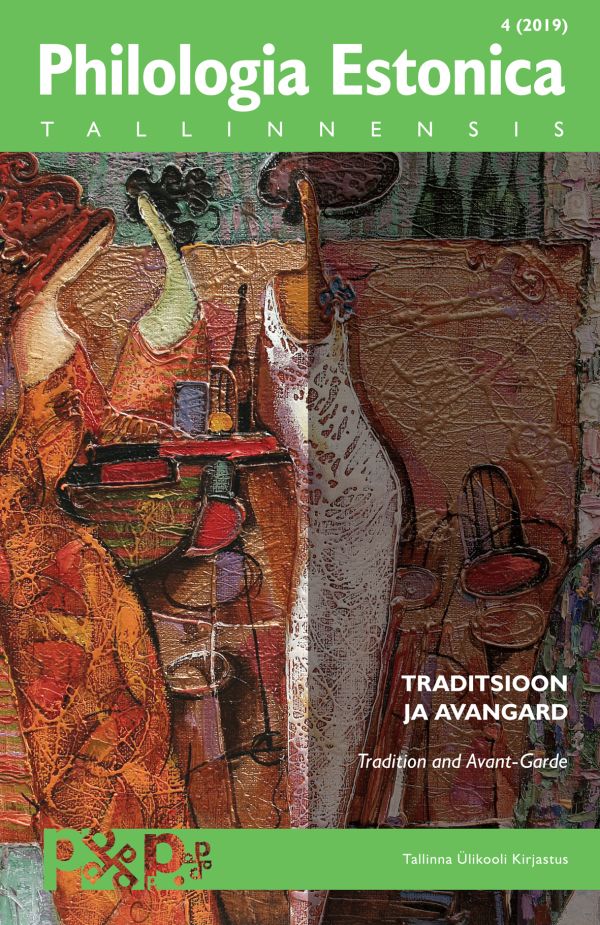Ajalooline müüt Jaan Kaplinski draamas „Neljakuningapäev“
Historical myth in Jaan Kaplinski’s Day of the Four Kings
Author(s): Paavo PõldmäeSubject(s): Estonian Literature
Published by: Tallinna Ülikooli Kirjastus
Keywords: mythical drama; St. George’s Night Rebellion; Jaan Kaplinski; historical myth; allegorical drama;
Summary/Abstract: This paper examines the phenomenon of historical myth, presented in the form of a piece of theatre. Jaan Kaplinski’s historical and allegorical drama Day of the Four Kings is presented as a prime example. The play is based on a well-known historical event, namely the brutal murder of ancient Estonian chiefs by German conquerors during the rebellion of 1343 (St. George’s Night Rebellion). As Estonian theatre researcher Piret Kruuspere has noted, during the 1970s, re-tellings of national history on the Estonian theatre stage were clothed in metaphors, allusions and secret codes – Aesopian language. In addition to this secret code, the author of Day of the Four Kings used a kind of doubling, placing historical events into the setting of a contemporary house party. This change of perspective causes some degree of alienation as well as amplifies the essential allegorical message of the drama. Representing the real run of historical events, the play is effectively communicating with a contemporary audience, dealing with the problems and themes closely connected with contemporary society. In addition to its allegorical meaning, the play underlines the importance of maintaining ethnical and archaic values and warns against sacrificing these in return for short-time utilitarian purposes. The allegory of the play was even too obvious, so that the first production of the play (in 1977) was practically banned by the official powers of Soviet Estonia. Contrary to the first stage performance of the play, the second attempt – which took place a decade later – was an unfortunate example of the disappearance of the mythical dimension of the drama. This kind of poor production was no longer able to overcome the historical-cultural and national psychological contradictions inherent in the play. The analysis is mainly based on reviews of the play from the period as well as the social and cultural conditions in existence when the theatrical versions were staged. It is easy to conclude that during the process of producing this kind of stage play, it is far more fruitful to accent all kind of allusions and allegorical metaphors than to simply follow the formal development of the external plot. If the mythical dimension disappears, the message of the play loses its essential meaning.
Journal: Philologia Estonica Tallinnensis
- Issue Year: 4/2019
- Issue No: 1
- Page Range: 97-119
- Page Count: 23
- Language: Estonian

